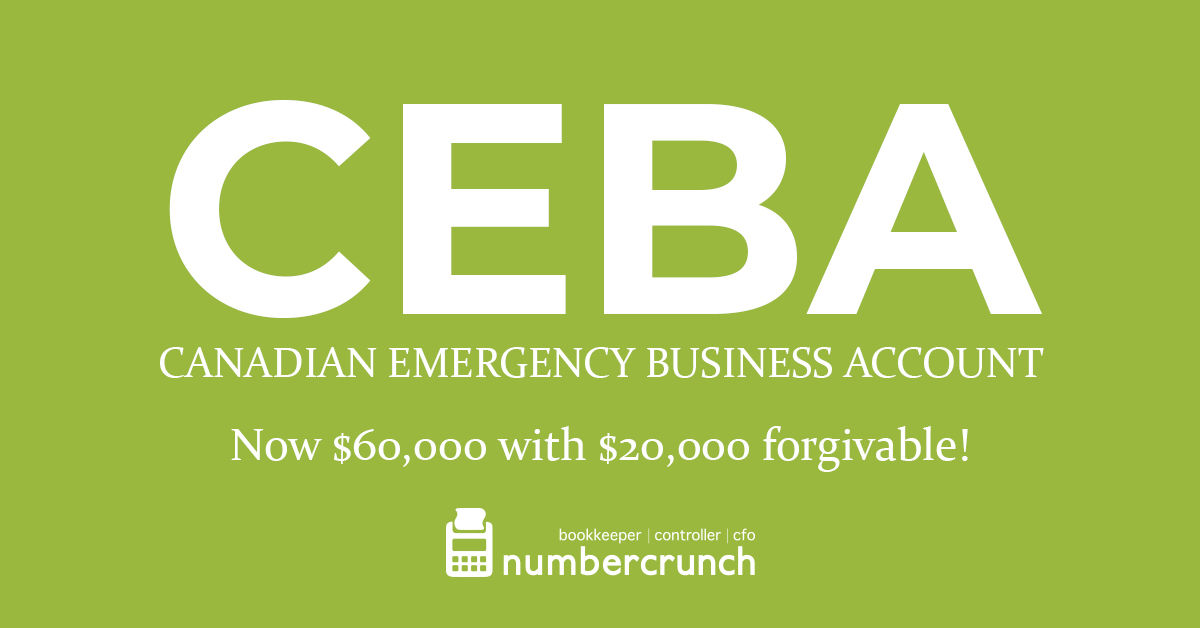Justin Trudeau announced the CEWS rate will be frozen at the current rate for the rest of 2020. The question many entrepreneurs are asking is – what is that rate again? Is it 75%, 65%?
In periods 1-4 the program had one rate. If you qualified you received a subsidy that was 75% of your eligible payroll to a maximum limit per person. The measurement was a little tricky given there were 4 ways to slice and dice the comparison, but the rate itself was super simple.
Periods 5-9 are more complex to determine. It is no longer a single subsidy % but instead a declining rate that you multiply by your Revenue Decline to a maximum subsidy %. And that just gets you the base, there is also a kicker if your business has been really adversely impacted.
Okay – you really don’t need to know all of this. We’re here to help. But I appreciate that you need to be able to get a sense of what your % will be so that you can do your cash flow planning. Let me help by breaking it down a little.
First, measure your revenue decline and we’ll call this your Revenue Decline %.
If this decline is less than 50% your Base Rate will be equal to .4 multiplied by the Revenue Decline %. (Example: My revenues dropped by 30% so my Base Rate = 12%. The math is 30% multiplied by .4 equals 12%).
If your Revenue Decline was 50% or greater your Base Rate is a flat 40%.
If your revenues over the past 3 months have dropped by more than 50% compared to your prior year or prior reference period you may be eligible for a top up percentage that is equal to the Revenue Decline % minus 50% multiplied by 1.25 which could reach a total Subsidy rate of 65% for this period. One important piece to note is that this top-up portion is based on the last 3 calendar months that ended before the relevant reference period and is therefore not using the same Revenue Decline % that we calculated above.
So, if your revenues are generally down by less than 50% you can generally plan with your Revenue Decline multiplied by .4 to get your Subsidy Rate. The most you can get if your revenue drop is less than 50% is 20%.
If your revenues have dropped more than 50%, you’ll want to assess whether the top up applies, and if so it could mean your subsidy rate is as much as 65%.
If you need help calculating your subsidy rate, get in touch with numbercrunch today.










